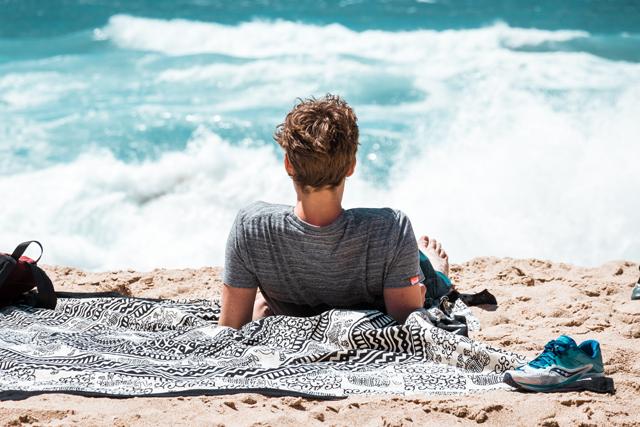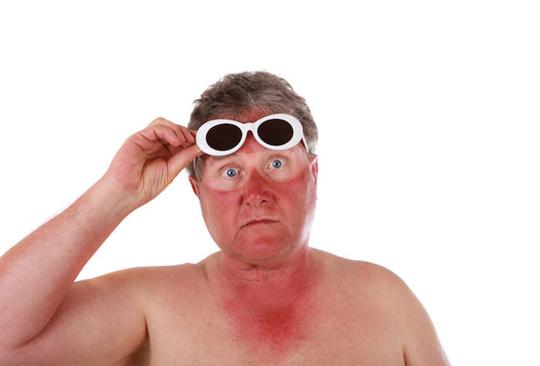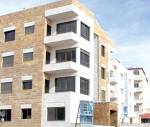You are here
Tanning comes with many health risks, warn dermatologists
By Batool Ghaith - May 31,2022 - Last updated at May 31,2022

Representative image (Photo courtesy of unsplash.com/Patrick Robert Doyle)
AMMAN — Experts warn of the risks of tanning during the summer months as many are unaware of the damage it causes.
Experts told The Jordan Times that all kinds of tanning, whether sunlight or sun bed tanning, causes significant damage to the skin and has plenty of health risks.
Dermatologist Haneen Abu Hamid said that tanning can have dangerous consequences, as it is evidence of DNA injury to one’s skin.
“Tanning damages skin cells and speeds up the visible signs of ageing, in addition to causing skin cancer, which happens due to damaging the DNA in skin cells, causing the skin to grow abnormally, as well as weakening the immune system and compromising the body’s natural defences against cancer cells,” Abu Hamid told The Jordan Times.
According to Abu Hamid, tanning in the sunlight or in a sun bed causes premature ageing, which can appear as leathery wrinkled skin and also causes dark spots to appear on the skin due to the breaking down of the collagen and elastin fibres in the healthy young skin.
“Change in the skin colour is actually a sign of damage and most people do not know that. White blood cells, which help protect the body from infection and disease, attack and remove the damaged skin cells, which causes sunburned skin to itch and peel,” she continued.
Mohammad Hijazi, another dermatologist, warned of excessive and continuous exposure to sunlight or UV light in tanning beds.
“Each time a person tans, the damage builds up more and creates more genetic mutations and greater risks,” he told The Jordan Times.
According to Hijazi, tanning beds are not a safe alternative to sunlight as they raise the risk for skin cancers.
“Tanning does not deliver any vitamin D to our bodies, this is a great misconception. A person can meet their daily vitamin D requirements the safe way, with food or supplements,” he added.
Hijazi also emphasised the damage direct sunlight causes for children as well. “Lots of people take their kids swimming and they do not care for their exposure to the sun, which is a huge mistake. Parents must have their kids wear full coverage swimsuits when swimming outdoors to preserve their skin.”
In case of bad sunburns, the doctor recommended avoiding sunlight, staying hydrated, avoiding breaking blisters and applying a corticosteroid cream, Hijazi recommended.
“If people really want a tan, there are products that provide a fake tan through spraying or putting them as a cream. I would say they are a relatively safe alternative for sun or bed tanning,” he added.
Anas Dawoud, an emergency care doctor in a private hospital in Amman, said that they receive patients of different ages with sunburns of various degrees on a daily basis during summer season.
“We receive lots of patients every day sometimes with first degree burns after they have tanned, in addition to people who have sensitive skin and they get an allergic reaction from being in the sun for too long,” Dawoud told The Jordan Times.
According to Dawoud, sunlight allergies may affect up to 20 per cent of the world’s population, and most people are unaware of it.
“Some people get swollen, red and painful rashes on their skin, which is damaging to the skin cells and the inner layer of the skin,” he said.
The doctor also said that many people come in with heat strokes, suffering from headaches and high temperatures. “It is unfortunate that people underestimate the danger of being exposed to the sun for long hours, some people spend more than six hours under direct sunlight which is very bad,” he added.
Dawoud noted that it is important to raise more awareness among every one of the risks of tanning during summer.
“It is definitely good to get some sunlight in your system but during certain hours, preferably early in the morning for a half-hour maximum, but other than that it would be damaging more than it is beneficial,” he continued.
The Public Security Directorate (PSD) warned citizens of direct exposure to sunlight amid the heatwave the Kingdom is witnessing to avoid getting a heat stroke.
According to the Jordan Meteorological Department (JMD), temperatures have reached over 35°C in Amman this week, while they exceeded the 40°C in the Jordan Valley, Dead Sea and Aqaba.
Related Articles
Homemade sunscreens on Pinterest may look pretty and smell even prettier, but most of them will not shield you from sunburn or skin cancer,
Sunlight may help to reduce high blood pressure, a danger factor for heart attacks and stroke, a study published in a specialist journal said on Monday.
PARIS — Skin cancer deaths among men have soared in wealthy nations since 1985, with mortality rates among women rising more slowly or even

















